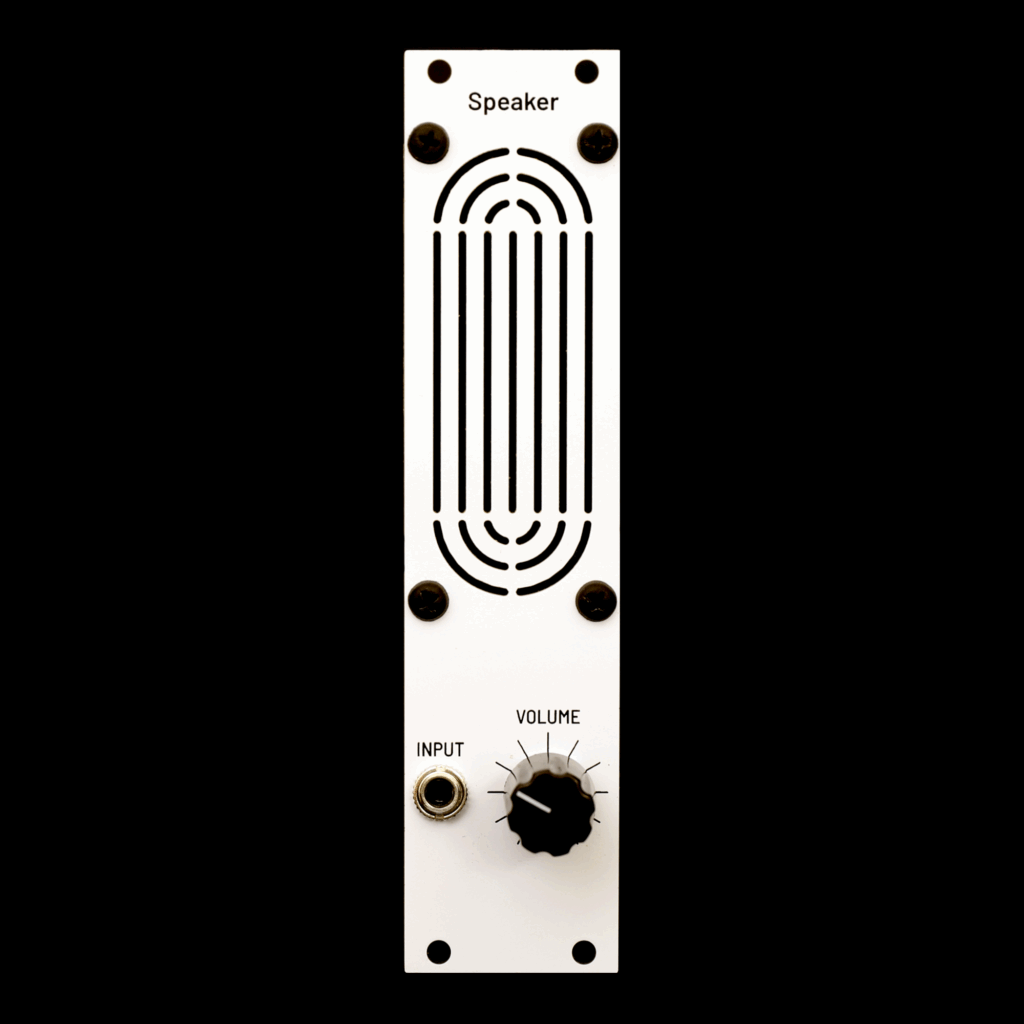The Great Pyramid of Giza was completed around 2680 BC and is still going strong almost five millenia later. The Parthenon was errected in 27 BC and is still keepin’ it real more than 20 centuries later. Notre Dame Cathedral was completed in 1330 AD and has been doing its thing without interruption for the past 674 years.
Back in the day when these sturdy symphonies in stone were built, their intended lifespans were measured not in terms of business cycles but in terms of ages. This was back when people really took pride in their work, or at least the work of their slaves, and designed and built not just to fulfill a temporary business need but to forge lasting tributes to the things that really mattered to them, and in the process created symbols that would survive the centuries.
It’s odd that modern civilization is nowhere near as good at building things as our ancient and medieval forebears. Today, most new buildings are designed to have functional lifespans of a mere 25 to 100 years.
The average age of buildings in many cities is plummeting as the old stone stalwarts are torn down or suffer insulting façadectomies, and are replaced with temporary, hastily tossed together squats fashioned of plywood, glass and drywall, rarely designed to outlive their owners.
In many cities, average architectural lifespans are rapidly descending to the level of human lifespans in Somalia or the Congo. As in those sad, sisphusian societies, when there are no wise elders to provide stability, guidance and a sense of connection to the past, the notion of progress disappears and little lasts or improves from one generation to the next.
We must stop designing flimsy, temporary structures that are engineered for obsolescence. We must return to the practice of making buildings that outlast us for centuries and get firmly woven into the DNA of our urban environments. Businesses and governments need need to think beyond the immediate, selfish desires of their shareholders and constituents. Corporate entities and their architects are great at thinking big, but they also need to think long.
Economically and technologically, if not socially, we are advanced enough to build structures that will outlast the pyramids. We should not be repeatedly wasting money, energy and materials building office towers designed to fall apart after 30 years. If every generation left behind useful, sturdy structures for the generations to come, there’d probably be no housing shortage today, and many people would probably feel a greater connection to their environment.
Watching a beloved building being prematurely smashed into rubble is painful, nasty and bad, and we endured it again and again when making this issue. None of the magnificent buildings demolished or gutted while we were making this issue had a chance to celebrate their 100th birthday. Anything we missed or failed to take decent pictures of is gone, though definitely not forgotten.
Ninj, Dying Young, Infiltration, Issue 23, May 2004
